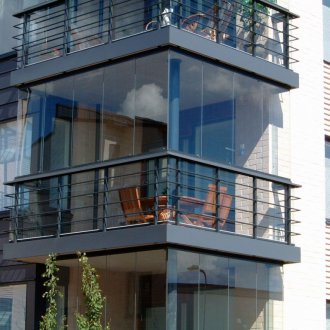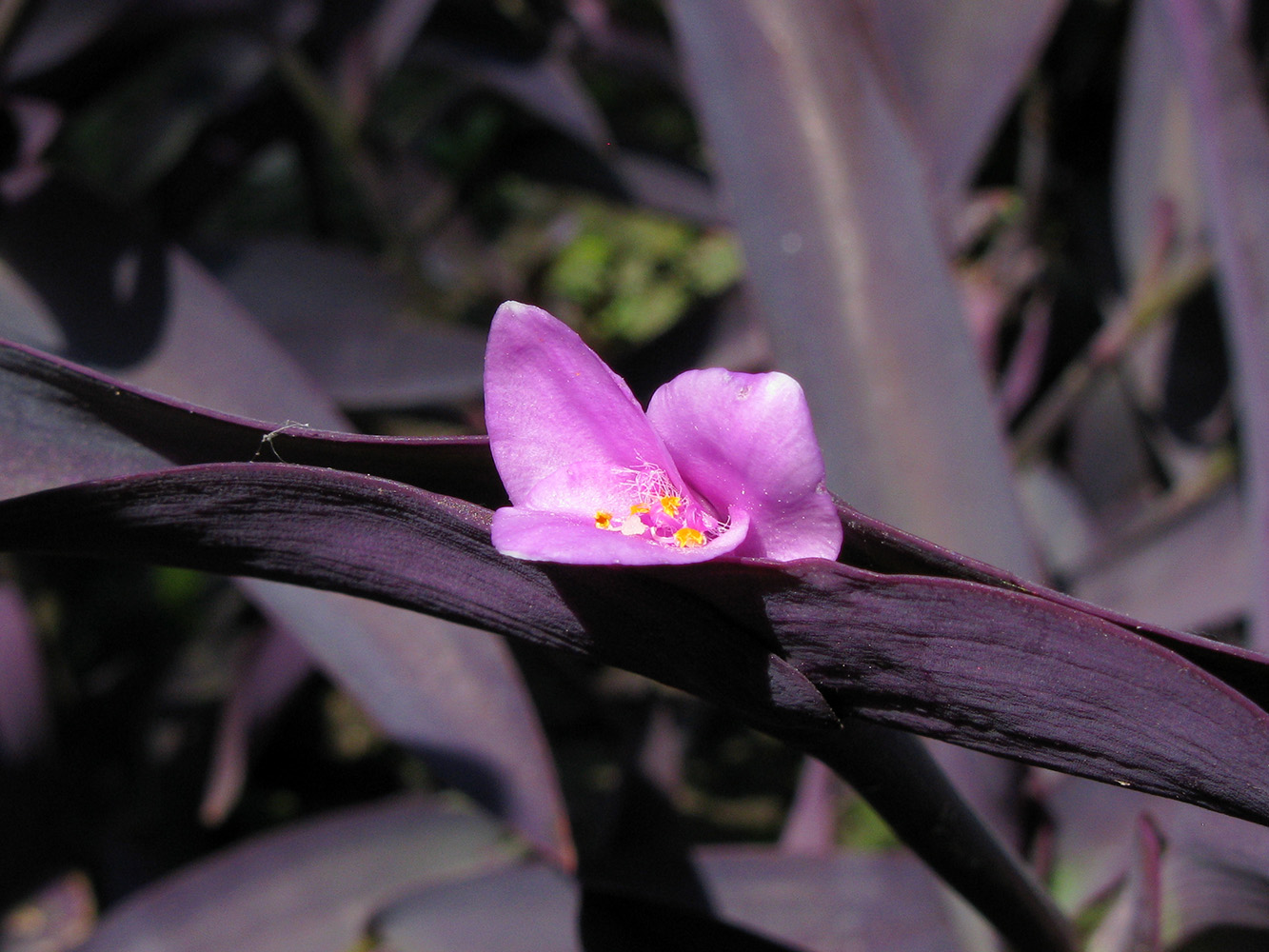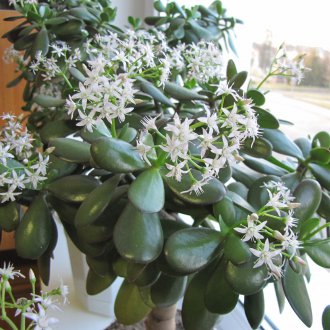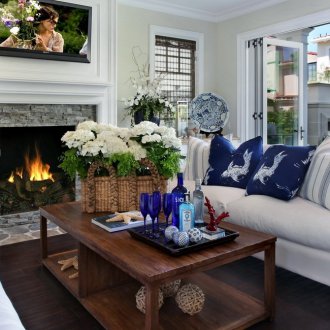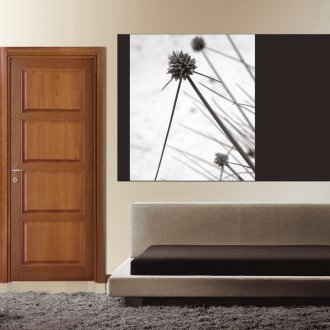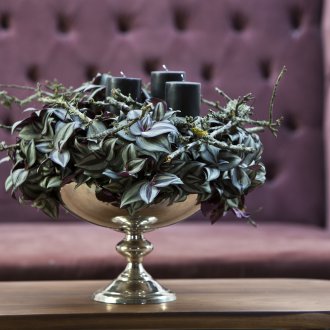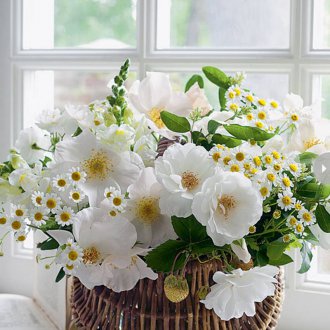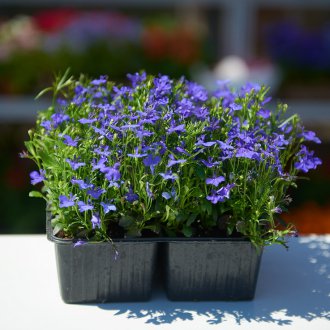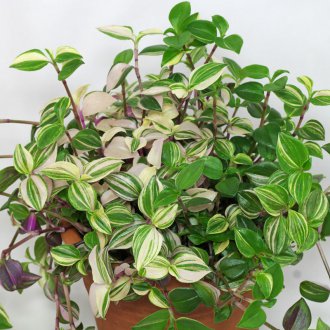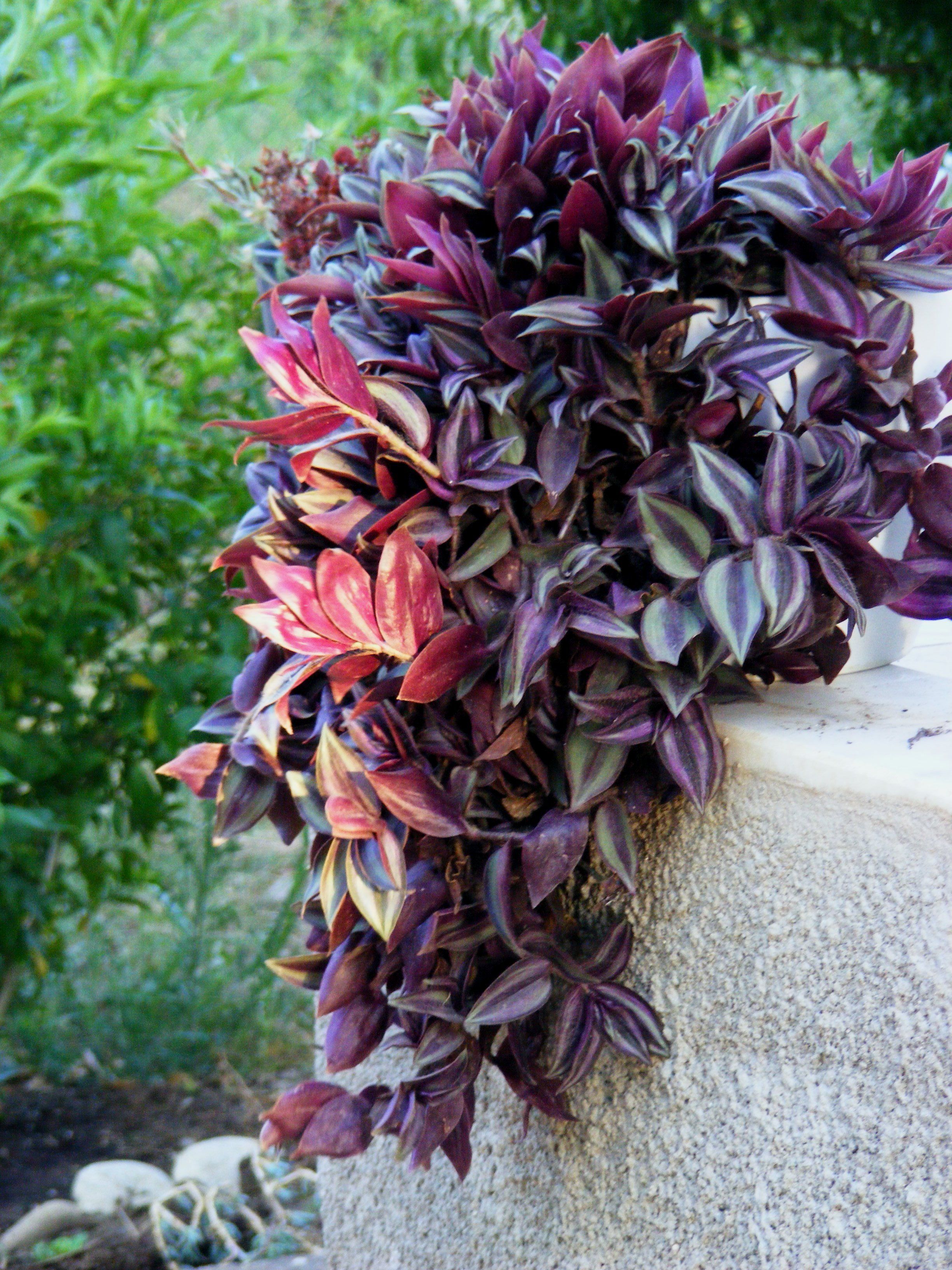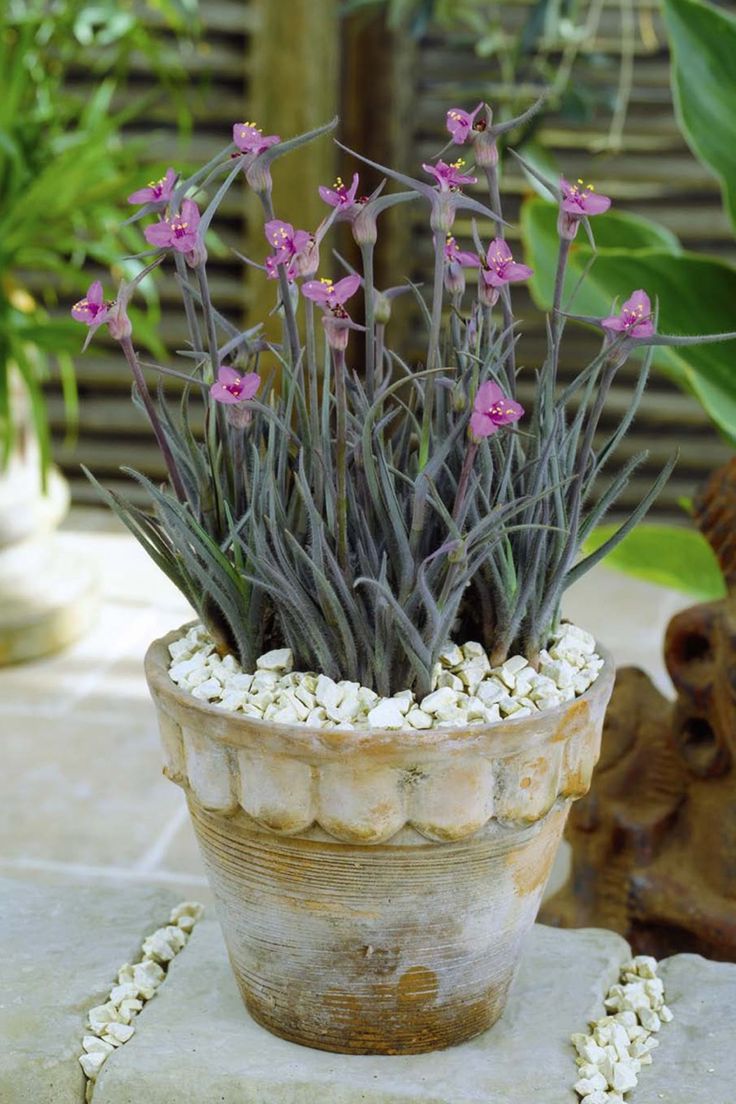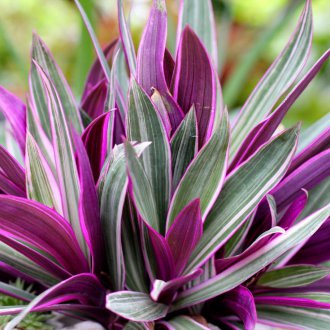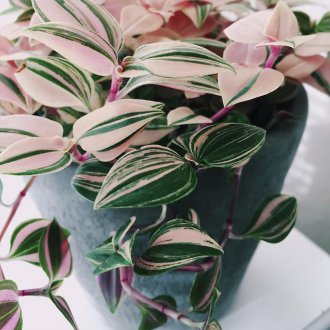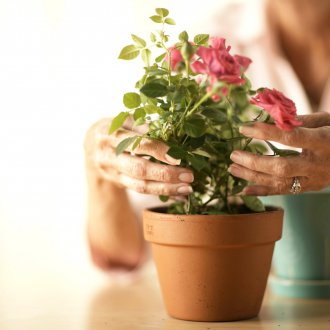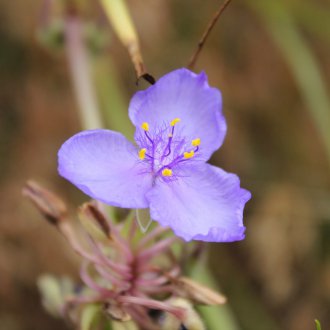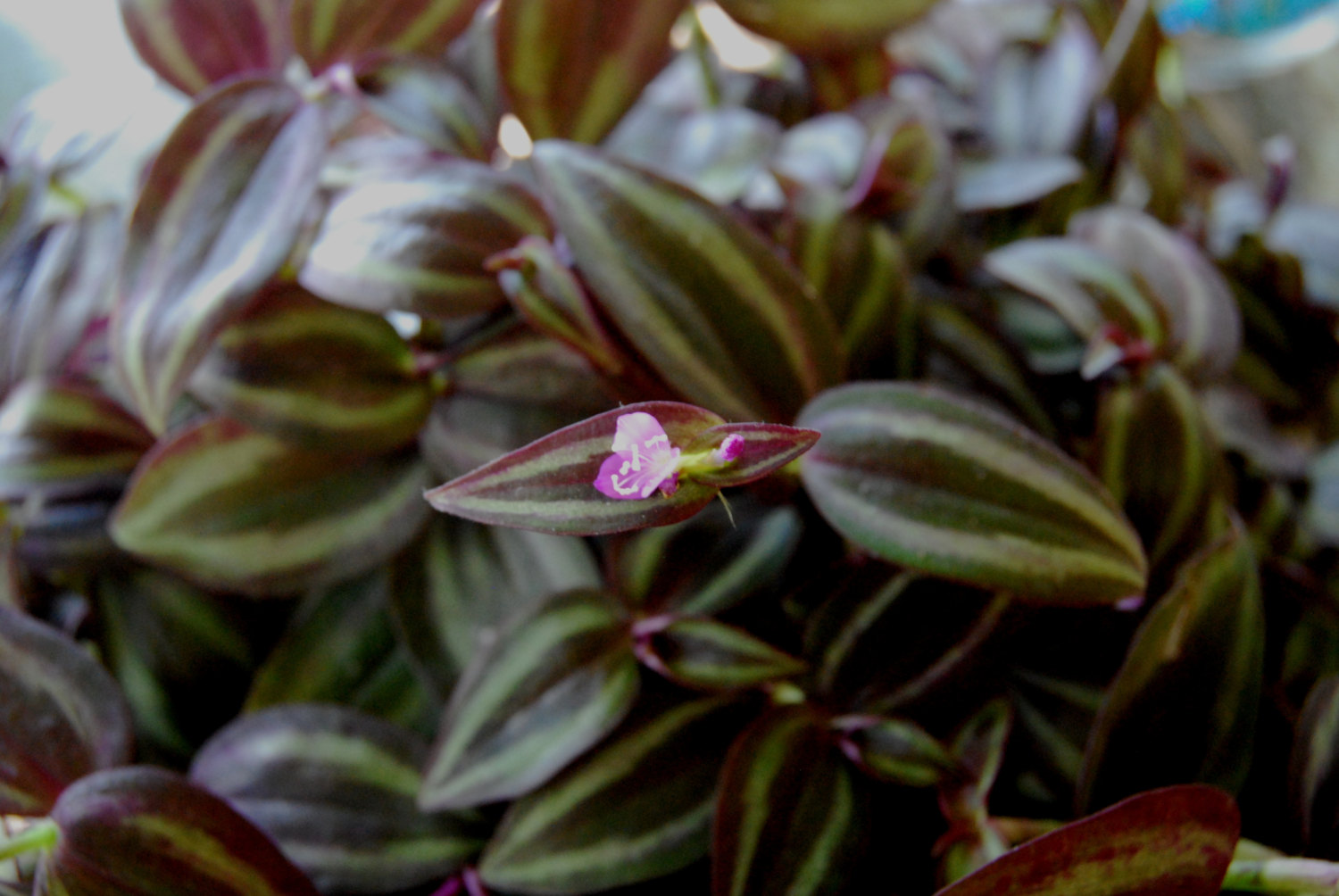Tradescantia home: stylish green room decor (21 photos)
Content
Tradescantia is a famous evergreen houseplant. The flower gained its popularity due to its unpretentious care and original decorative coloring of variegated leaves. The plant owes its name to the gardener John Tradescant, a traveler and plant lover who founded the botanical gardens of England in the 17th century.
In natural conditions (habitat - almost all of America), the plant is perennial and has long creeping stems. Tradescantia flower grows well in the tropics and temperate latitudes.
Tradescantia home belongs to ampelous species, has straight / creeping shoots with pointed leaves, therefore, in rooms, on balconies, a place for a plant is selected so that the stems can freely descend. Ideal options are hanging vases / flowerpots. Pots with plants are mounted on shelves or high on furniture. A variety of shades makes it possible to choose a flower for every taste. Useful features of the plant are to clean the air and neutralize electromagnetic radiation.
Types of Tradescantia
This plant has about 70 varieties, of which literally all are blooming. Inflorescences grow on the ends of the stems (in the axils of the leaves). Some varieties are grown in summer cottages, but most plant growers still love to grow at home. The most popular varieties:
- tradescantia zebrin is also called hanging. The shoots of the plant creep / dangle and sometimes have a “bare” stem of a reddish color. The oblong or egg-shaped leaves grow up to 6 cm wide and up to 11 cm long. The plant is interesting for its unusual leaf color: silver-white stripes along the border clearly stand out against a green background. And the red color of the lower side of the foliage looks very decorative. The zebrin blooms with small flowers of purple / violet hues;
- riverine tradescantia (myrtle leaf) "spreads" with purple-red shoots with greenish leaves. Egg-shaped smooth leaves are up to 1.4-2 cm wide and 2-2.4 cm long. Foliage shades: the upper side is dark green and the lower side is red-purple. Typically, gardeners grow a subspecies with frequent white or beige stripes;
- small-leaved tradescantia - the most tender in its family due to small dark green leaves (up to 0.5 cm long). When the plant grows, a bulky spherical shape is formed;
- tradescantia violet (setcresia) is distinguished by straight, slightly lowered stems with lilac-purple elongated leaves. The delicate three-petal pink-raspberry flowers look very elegant.
Varieties of tradescantia differ in shades and shapes of not only foliage, but also flowers. Non-standard and creative landscaping of the balcony, rooms can only be created by tradescantia.
Features of vegetative propagation of the plant, growing rules
In the natural environment, plant stems creep on the ground and sprout. Of course, the stems break quickly, but the shoots do not take much time to take root. Plants prefer sandy soils. The optimum temperature for the propagation of tradescantia is 15-25 ° C.
Plant Breeding Recommendations
Propagating the tradescantia with cuttings in any season of the year is very simple: the upper part of the stem 15-19 cm long is cut off. The lower leaves break off and the stem is placed in water. When the roots appear, the plant can be planted in the ground.
For breeding and growing room tradescantia, it is better to choose volumeless pots. After planting at a permanent place, the plants, as a rule, quickly settle in and acquire their unique and luxurious look in a month and a half.
Tradescantia: home care
In principle, growing and caring for tradescantia at home is quite simple. For generous flowering and the formation of elegant bright foliage, it is advisable to put the flower in a bright area, but without prolonged exposure to sunlight. With prolonged exposure to direct sunlight, leaf burns are possible with subsequent death. Suitable locations are window sills of windows facing the west, east, and north. The southern windows in the summer are required to be darkened. In summer, the tradescantia will splendidly decorate the balcony. The place should be selected protected from the wind and bright sunlight.
A distinctive feature of the plant is to adapt to different conditions of detention. Tradescantia can be considered shade-hardy. However, if the flower stands for a long time in a rather dark place, the leaves will become pale. And such a stylish and unusual decorativeness will be lost.
Watering requirements
Indoor plant requires regular watering. During the spring-summer period, it is advisable to do abundant watering (but avoid stagnation of water). The following irrigation is carried out after the topsoil has dried. In winter, the plant is watered for 2-3 days after the drying of the soil. Liquid must not be allowed to accumulate in the sump. Excess water is drained from the pan and it is wiped dry. For irrigation take settled water at room temperature. If the flower is kept in a cool place (air temperature about 10-15 ° C), then it is watered less often. However, special drying of the soil is not allowed, since such a drought weakens the plant.
Humidity is not critical, but sometimes the ends of the leaves begin to dry out. Spraying a flower will help correct this situation. In the summer, it is advisable to make the spraying procedure regular.
Feeding rules
When feeding plants, it is important not to go too far, otherwise variegated varieties will lose their unique charm and turn green. Also, overfeeding with fertilizers can lead to lethargy of leaves, therefore it is better to adhere to the fertilizer schedule with additives of organic and mineral origin: twice a month, in the spring-summer period. How to care in the autumn and winter pores? It is definitely worth refraining from feeding.
Tradescantia at home can age quickly. This is manifested in the loss of decorative coloring of leaves, drying of stems, exposure of shoots. Rejuvenation procedures are unpretentious. The main requirements are the shoots are shortly cut / nipped annually and the soil is renewed (or the plant is transplanted in spring).
Using the ability of a plant to multiply easily, a decorative green screen can be formed from flowers. For this, a U-shaped support with horizontal slats is installed in a long pot with tradescantia. To create a picturesque screen, it remains only to tie up the stems. In order for the plant to grow, the tops of the shoots are nipped.
Diseases and Pests
Tradescantia potato, fortunately, is not affected by serious ailments. The main causes of discoloration of the foliage are unstable watering and top dressing.
When darkening and softening the base of the stems, it is likely that the water stagnates in the pot. The best option is to cut the plant and transplant.
Of the pests, significant damage is caused by:
- spider mite - occurs during the arid plant growth mode. At the same time, the leaves of the tradescantia fade and fall off. The stems are covered with cobwebs. Way of struggle: the plant is first treated with a soap solution, and then rinsed. Similar procedures are carried out regularly until the pest disappears;
- the scab / false scrub sucks the juice from the plant. This leads to drying and falling of the leaves. Dark gray or dark brown plaques appear on the plant (leaves, trunks). Way of struggle: the plant is cleaned of the pest with a soap solution. The flower is treated with an insecticide (Actellik or Fitoverm).
General preventive measures to combat diseases / pests include regular inspection of plants, elimination of stagnation of moisture on the soil.
Sometimes plants with decorative foliage look spectacular if there are no other flowers nearby, but a well-composed composition will definitely decorate the room and balcony. To create flower ensembles, flowers are selected that require the same care and maintenance. If you correctly group the plants, then they begin to grow better.
Combining decorative and deciduous indoor plants into harmonious compositions requires some experience. However, a flowering plant will definitely add charm to any green group. Moreover, flowers can organically emphasize the color of the leaves or act as a contrasting element of the composition. A tradescantia with wide silver leaves combined with bright pachistachyme and shiny dark green aglaonema leaves will look very exotic.
Tradescantia will undoubtedly add variety to any home flower garden. Simple care will make growing a plant a pleasant and easy task.
